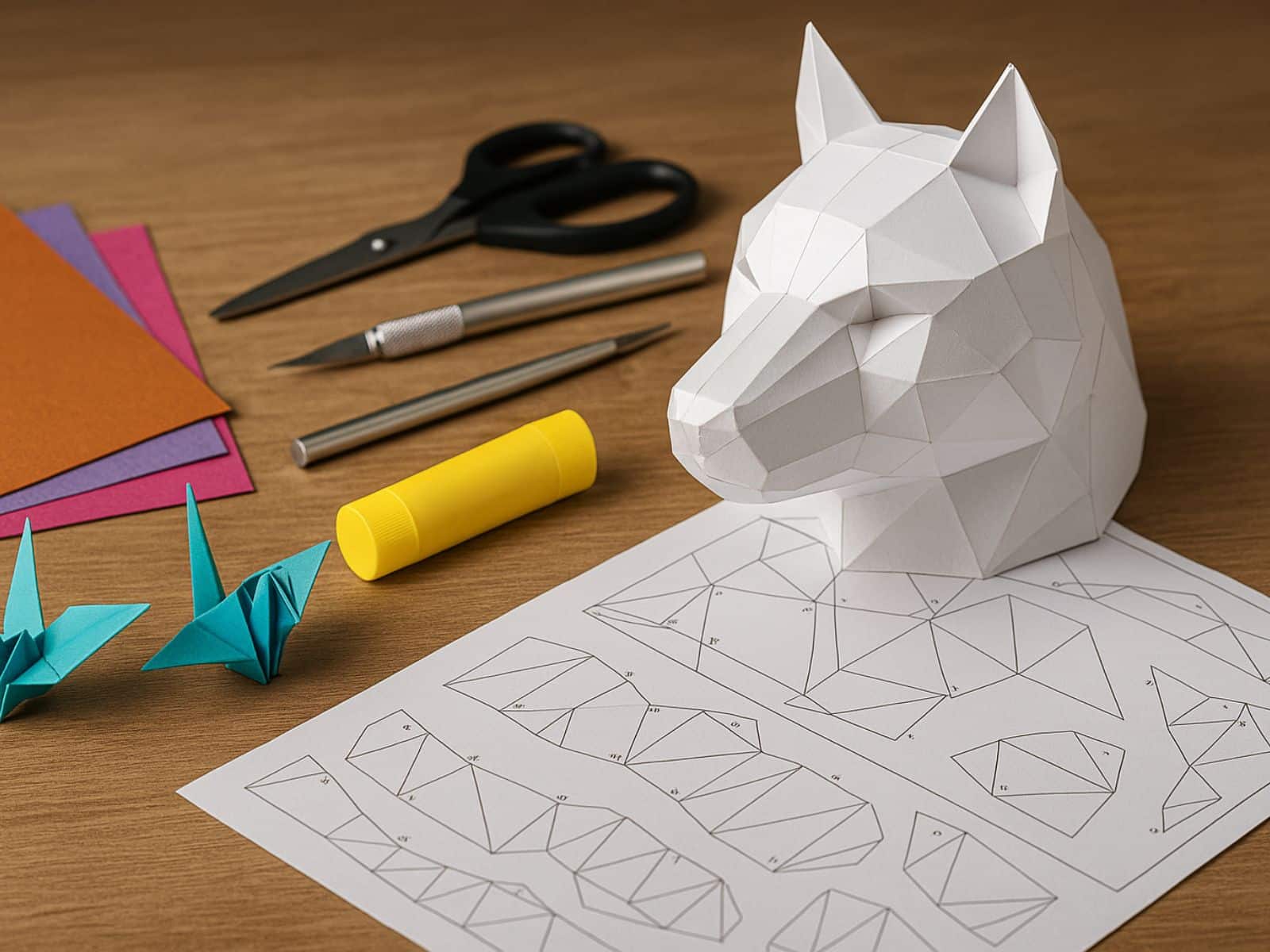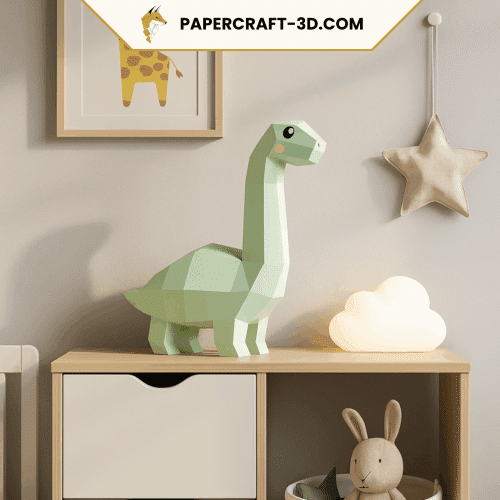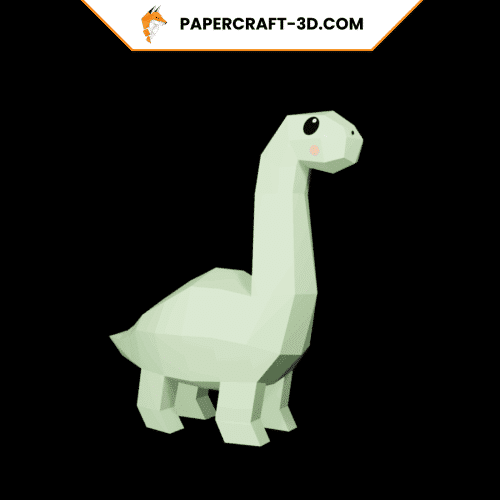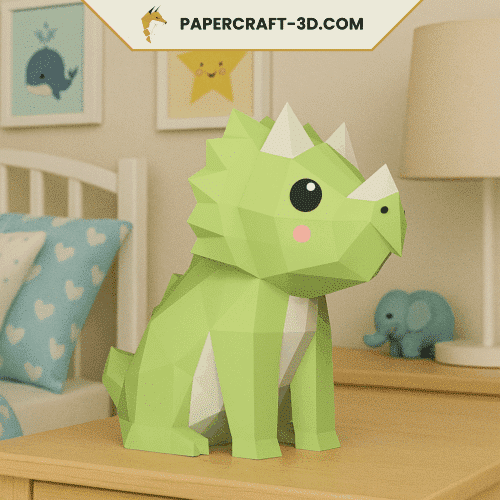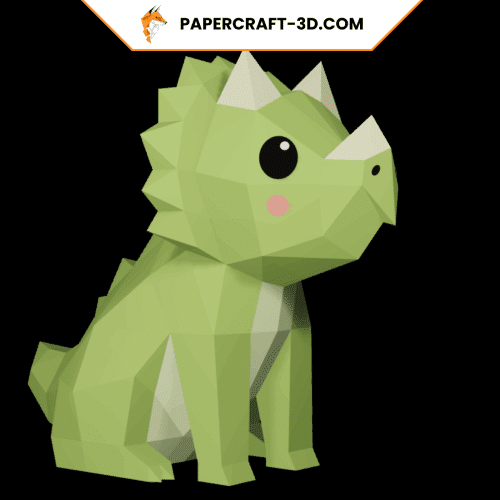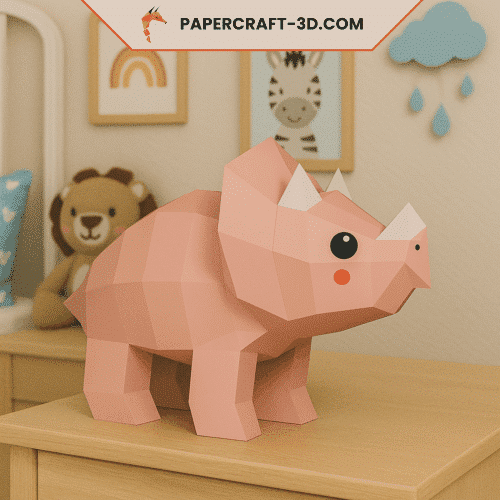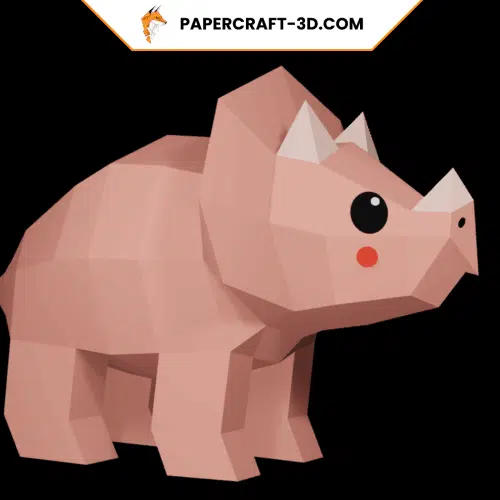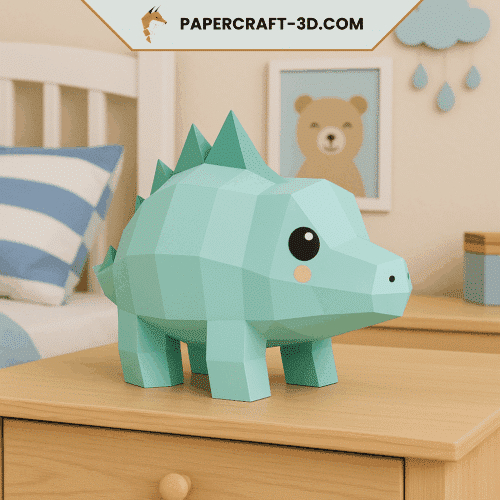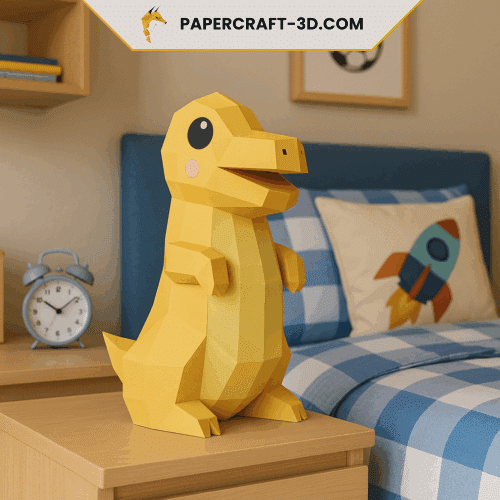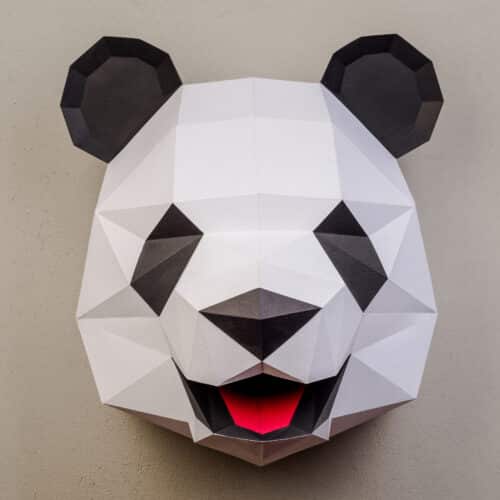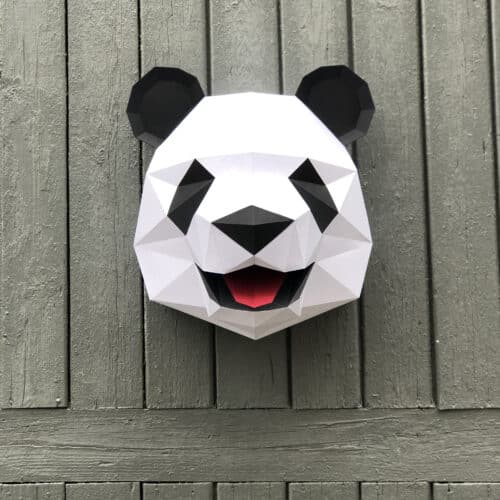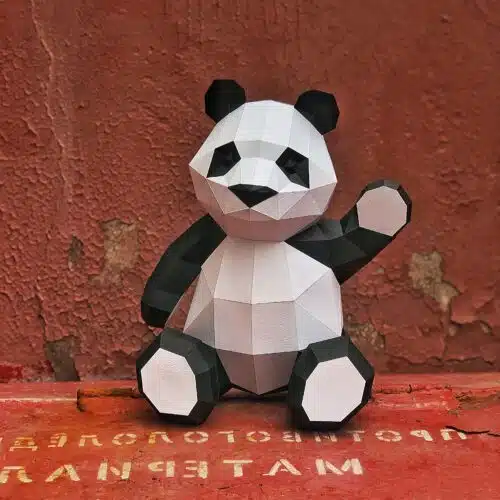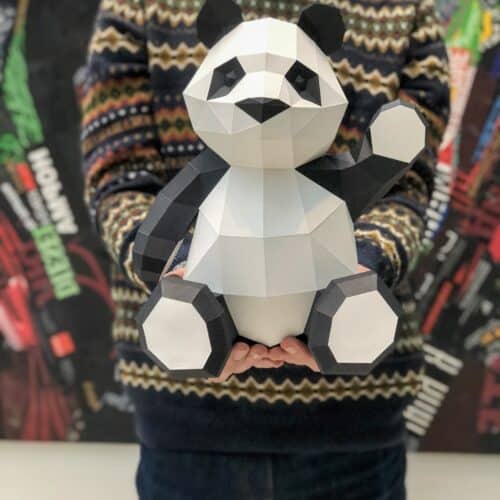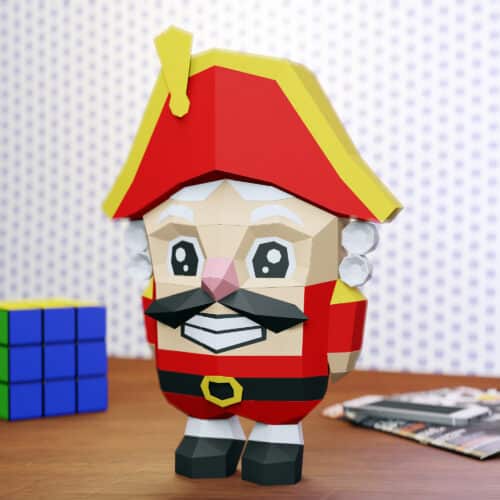| Key points | Details |
|---|---|
| ?️ Choice of printer | Opt for inkjet or laser, depending on the project |
| ? Paper type | Use 120g/m² to 160g/m² paper for beginners |
| ? Specialty paper | Explore Washi or kraft paper for more complexity |
| ✂️ Origami vs Papercraft | Use different paper weights for different techniques |
Papercraft, an art form distinguished by the precision and ingenuity of its creations, relies heavily on the right choice of paper. This choice may seem trivial at first, but it’s essential to the success of your papercraft projects. In this publication, we’ll explore the different types of paper and provide you with tips on choosing the most appropriate paper for your creations, from simple models to more complex and detailed ones.
For pattern printing
First and foremost, printing the pattern is the crucial first step in the realization of a papercraft project. The type of printer, whether inkjet or laser, influences the choice of paper. Inkjet printers, which are affordable and common, are suitable for the majority of papercraft projects, especially those involving standard paper weights (between 120g/m² and 160g/m²). For projects requiring careful finishing, laser printers may be preferred, offering sharper, more precise rendering.
| Printer type | Advantages | Disadvantages |
|---|---|---|
| Inkjet | Affordable, good quality for standard paper | Variable quality for special papers |
| Laser | Sharp, precise rendering, ideal for fine details | Higher initial cost |
When it comes to printing, the choice of paper depends very much on the model to be produced. For beginners or simple projects, standard white paper from 120g/m² to 160g/m² is perfect. However, for more complex projects requiring greater rigidity, consider higher-weight papers.
Questions you may have about origami
Origami, papercraft’s cousin, shares with papercraft the need for a judicious choice of paper. As with papercraft, the size and grammage of the paper are decisive factors in the success of your projects. Origami traditionally uses square sheets generally ranging in size from 15 x 15 cm to 20 x 20 cm. These dimensions are a good starting point for papercraft too. Recommended grammage is between 60g/m² for simple folds, up to 120g/m² for structures requiring greater strength.
- Paper size for beginners: 15 x 15 cm / 20 x 20 cm
- Weight for single folds: 60g/m².
- Grammage for complex structures: up to 120g/m².
When it comes to origami and, by extension, papercraft, one question often comes up: which paper to choose? The answer depends on the object to be made. For a novice, standard origami paper may suffice to introduce you to the pleasures of folding. For papercraft enthusiasts looking to create more elaborate models, the exploration of special papers is recommended.

Paper for folding…
When it comes to choosing a paper specifically designed for papercraft, several options present themselves. Washi paper, renowned for its strength and flexibility due to its long fibers, is an excellent choice for elaborate projects. Other types of paper, such as kraft paper, offer good resistance at a lower cost, ideal for large models or those requiring a certain robustness.
Alongside Washi and Kraft, other papers such as gift wrap and metallic paper offer a variety of textures and aesthetics, perfect for adding a touch of originality to your creations. Don’t overlook the importance of paper aesthetics and texture in your choice of material, as they can radically transform the final appearance of your project.
In short, the choice of paper for your papercraft or origami project is based on a combination of practical factors such as grammage and format, and aesthetic factors such as color and texture. Whether your project is modest or ambitious, experimenting with different types of paper will enrich your experience and broaden your creative horizons. Embark on this exciting adventure with the right materials and let your imagination run wild.





